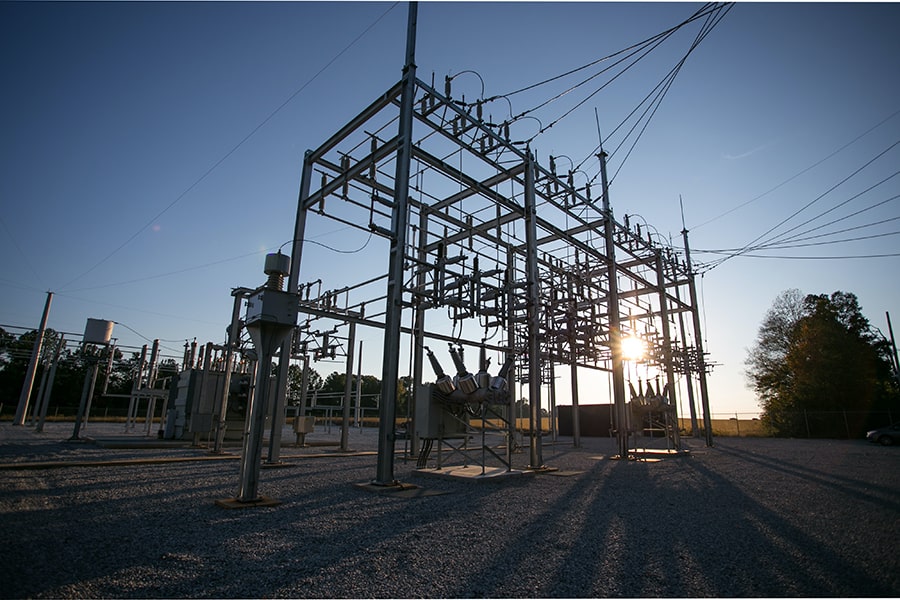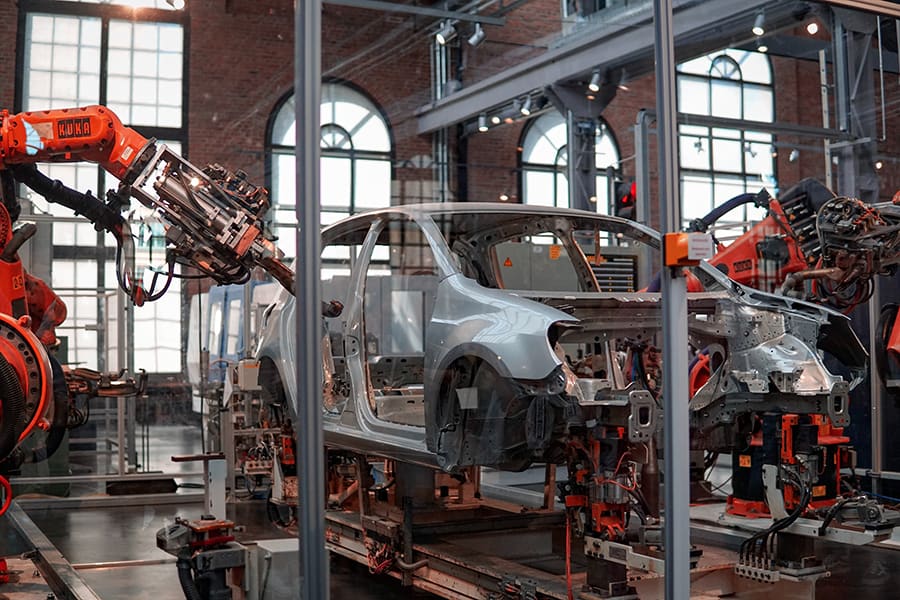Do engineers invent stuff? It depends on the job. Some engineers invent new things, while others put those inventions into action.
The ones who invent are the problem solvers, the ones who answer mind-boggling questions like:
- Can computers get even tinier and faster?
- How can we make video game graphics more lifelike?
- Is there a way to make cars both safer and speedier?
- Can a Tesla Model S travel 1,000 miles on a single charge?
- Will tech be able to reverse climate change in the next decade?
It’s no secret that life is changing at breakneck speed, thanks to these incredible inventions. Just think about how different things were a couple of centuries ago!
Engineers are pushing the limits in every field, and they’re coming up with inventions in the most surprising places. Let’s dive into some examples.
#1 Inventing physical hardware
When most people think of new inventions, they picture cool, shiny gadgets. But in reality, many inventions are more like the behind-the-scenes hardware that you never see.
Take airplane engines and landing gear, for example. They’re hidden from passengers, but they’re absolutely crucial for safe flights. And they’re constantly being improved by engineers.
Most of the time, these physical inventions aren’t Earth-shattering. Instead, they’re small improvements that make things faster, cheaper, lighter, and more durable. But every now and then, an invention comes along that changes the world—think of the first Apple iPhone. And even that was built on countless less glamorous inventions that came before it.

Important Note: While one person might have invented a nifty tool thousands of years ago, today’s inventions usually require a team of engineers working together. That just goes to show how complex technology has become.
#2 Inventing installation methods

You might not think much about the invention of clever installation methods, but they’re actually a big part of engineering. After all, if you can’t put your design into practice, it’s not going to go anywhere.
Imagine figuring out a way to join two parts without compromising the materials. The invention might seem trivial, but without it, a rocket might never leave the ground.
Another example is dealing with aging engineering solutions, like an old substation. Many substations are ancient and need a total revamp to keep operating safely.
Having upgraded aging substations myself, I can tell you the work is anything but easy. There are space constraints and compatibility issues between old and new equipment. To tackle these problems, engineers have invented hardware with innovative installation methods that:
- Improves safety for installers
- Saves costs
- Reduces install time
Do all new installation methods get publicized? Not at all. Inventing is all about solving problems and creating something that didn’t exist before. And that’s just an ordinary day in the life of an engineer.
Take the substation example. When retrofitting substations, I whip up solutions for each unique problem. If my inventions are top-notch, I’ll share them with other engineers. Over time, these solutions get adopted without any formal publication. I can do this because I have a solid, real-world understanding of my designs.
This idea is further captured in the design and construction of the Golden Gate Bridge.

Important Note: There’s no book that tells you how to use a piece of equipment in every possible scenario. There are just too many oddball cases. This is where creative thinking as an engineer comes into play to crack those problems.
#3 Inventing maintenance methods
Picture this: inventing a fresh approach to maintaining massive power transformers. Sounds unglamorous, right? But doing so could simplify the tasks for operators while extending the life of the transformers themselves.
Ideal candidates for cooking up such innovations? Engineers who’ve spent decades working with transformers. They’re the ones who truly understand the ins and outs of maintaining these beasts. This just goes to show that hands-on engineering experience often trumps formal education.
And guess what? There’s always room for improvement in existing maintenance methods. The challenge is to uncover the simplest and most cost-effective way to keep things running smoothly.
#4 Inventing engineering processes

Envision a car factory and all the intricate manufacturing processes humming within. Revolutionary changes in these processes have:
- Boosted production speeds
- Enhanced safety for factory workers
- Upped the productivity of workers
- Maintained top-notch, consistent product quality
- Cut overhead costs
The brilliant engineers behind these transformations don’t usually invent the machines themselves. Instead, they create processes that seamlessly integrate machines into assembly lines, having a solid grasp of how it all should work and what machines can do.
How do engineers think of what to invent?
It starts with a deep understanding of a subject, identifying a problem, and then tackling it. Inspiration for inventions can strike in several ways:
- Brainstorming a problem
- A client presents a problem
- Your boss assigns a problem
Now, if you’re itching for total control over your creation, start your own business! Take Elon Musk, for example. He couldn’t have designed reusable rockets without founding SpaceX.
Which engineering discipline to dive into as an inventor?
First, consider what you want to invent. This will guide you to the right engineering field. Here are some examples of physical product inventions in different engineering fields:
Mechanical engineering: Craft machines and gadgets in a wide array of industries, such as:
- Vehicles
- Airplanes
- Agriculture
- Food processing
- Factory automation
Computer science: Develop software to enhance the lives of individuals and businesses. Anything repetitive is just begging for automation.
Electrical engineering: With modern devices depending heavily on circuitry and electricity, there’s ample opportunity to innovate by upgrading older electrical devices or modernizing mechanical ones.
“Do engineers invent things?” wrap up
Engineering inventions aren’t all about flashy gadgets like Tony Stark’s Iron Man creations. Most inventions may seem mundane, but they’ve shaped the incredible world we live in today.
And guess what? You don’t need an engineering degree to be an inventor. A diploma isn’t the key to unlocking innovation. All you need is a healthy dose of curiosity, in-depth knowledge, and an unstoppable work ethic.
What do you think are the most groundbreaking engineering inventions in history? How do you define “invention”?
Featured Image Photo Credit: Lenny Kuhne (image cropped)
